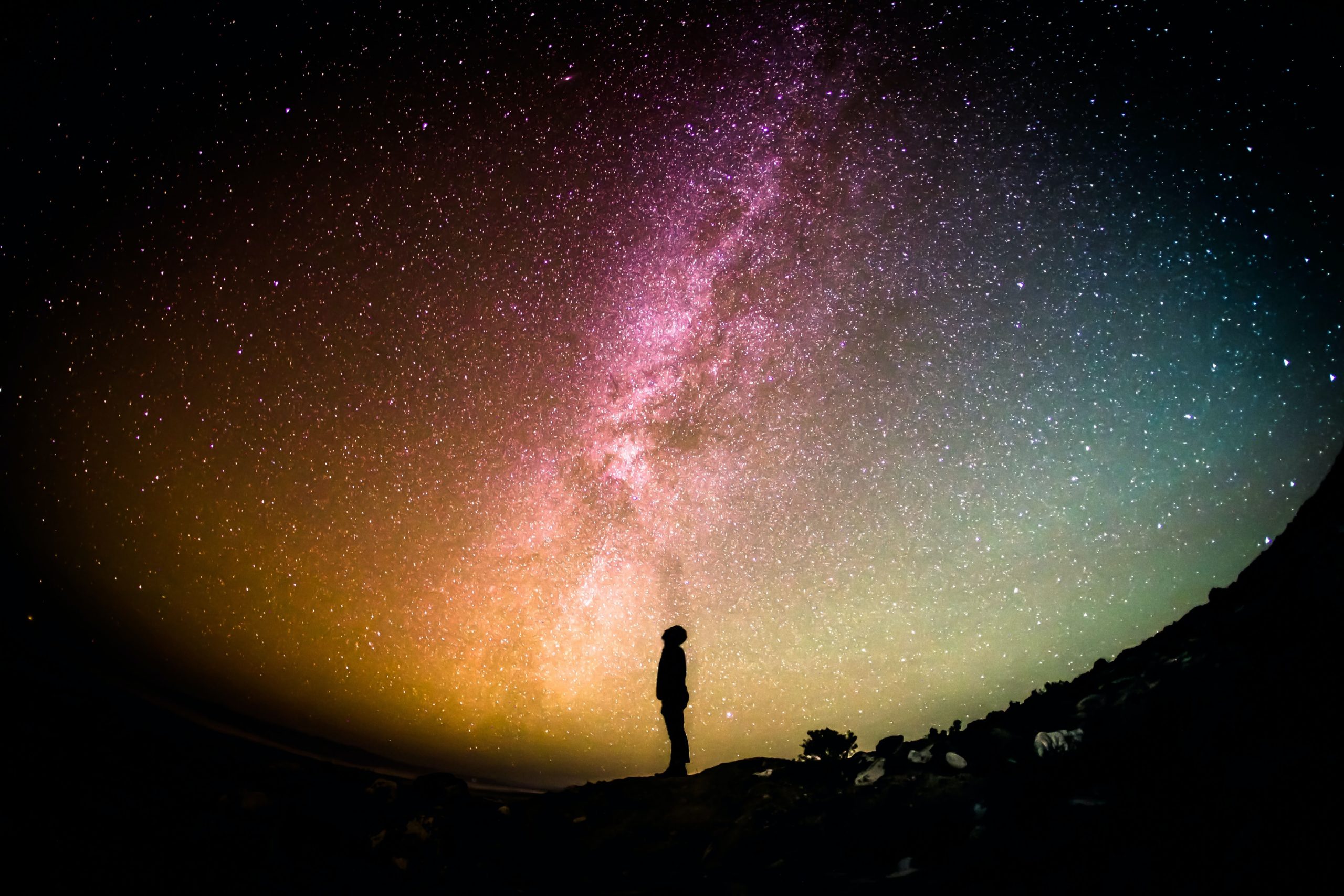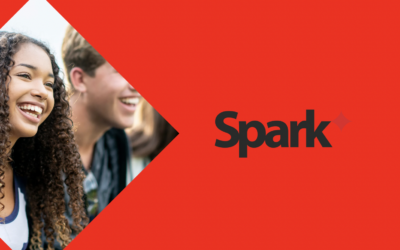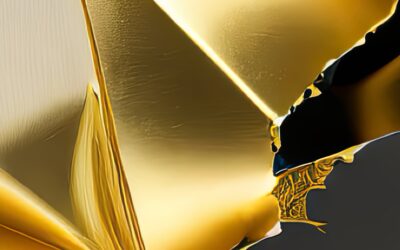This Beatles’ song has never been so true than in recent years, especially in these moments we are living because of COVID-19.
In this article, here is my personal feeling about my daily job as a designer: we try to design experiences for humans, we try to do it by giving personality to our design, and like artisans, we try to do this with humility and we care about our users. Yes, emotions can change things in an interface, during client workshops, or in advertising. Emotions define us as humans.
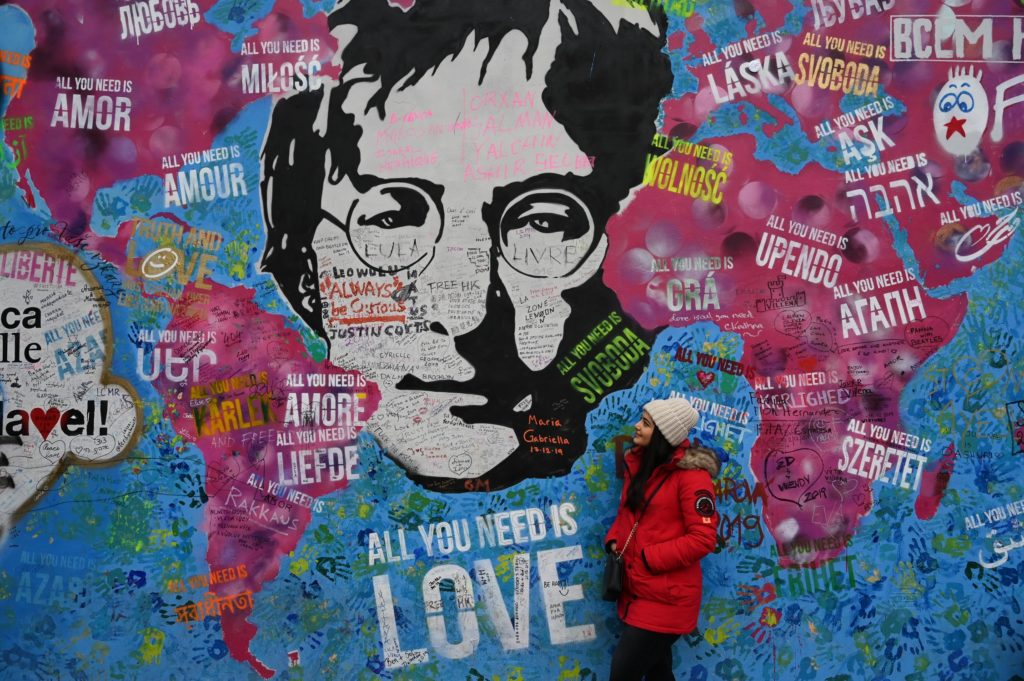
Photo by Bertrand Moritz on Unsplash
Throughout this article, I will help you understand the key notions of emotional design by demonstrating through simple and concrete examples that it is essential to always go beyond the functionalities of a product, however high-performance it may be. I will show you that in our business we always try to provoke emotion in our users: whether it is through an application, a website, or a communication campaign, the emotional experience is the very essence of our vocation.
Let’s start the ride!
Ticket To Ride… with your emotions
A little bit of theory now: Don Norman raised the three levels of the Emotional Design system interlinked together when he introduced the concept for the first time :
- Visceral Level: I WANT IT! It looks beautiful — this is the Affective domain, exactly like the french coup de foudre: you feel in your guts that the object of your affection will change your life.
- Behavioral Level: I CAN MASTER IT! It makes me feel smart — this is the Psychomotor domain, exactly like in video games when your character does what you expect him to do, you can apply this concept to a product you want to use more and more because it delivers a tailor-made experience.
- Reflective Level: IT COMPLETES ME! I can tell stories about it (and me) — this is the Cognitive domain, exactly like you attend a Formula 1 event (I speak for myself!) and you don’t want to leave the Ferrari or RedBull Shirt you bought during the race, you know that these goodies are 100% related to your experience and can extend it.
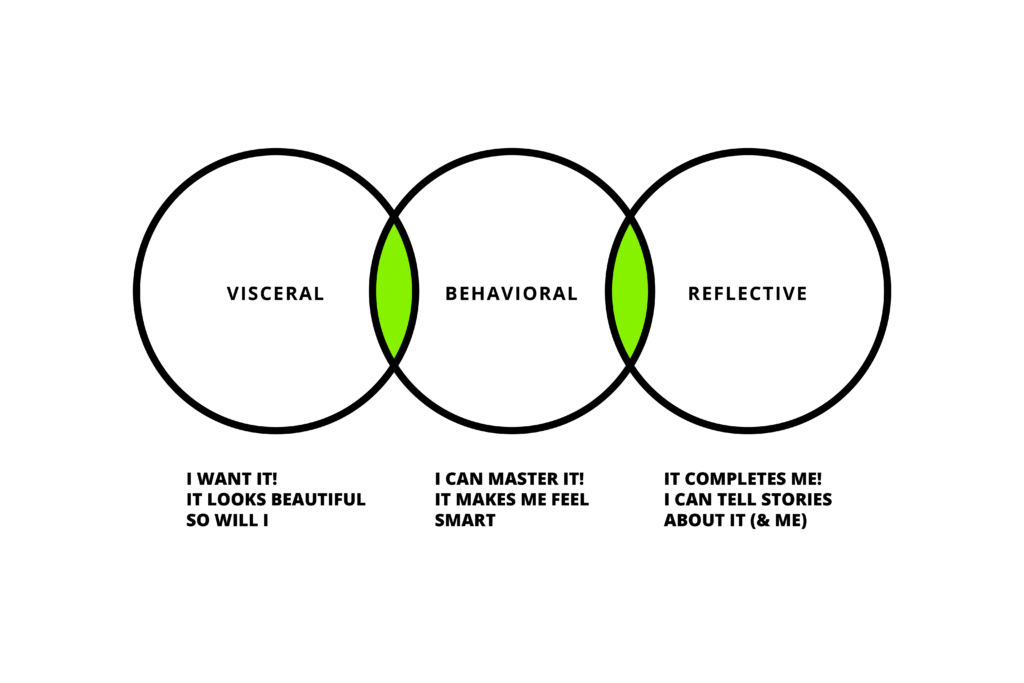
Now that the main principles having been laid down I can’t wait to share with you now how, in a concrete way on the basis of one of my projects created in our Digital Studio, emotional design can change user experience: name creation, brand consistency, but also logo creation, character design… you name it! It’s time to show you the other side of the coin!
Happy Days
This year I had the opportunity to work on a subject that is particularly close to my heart, especially in these times of crisis that we are going through in social housing: a system that makes it possible to rent out social housing to citizens with low incomes who experience difficulties finding housing in the Brussels Region.
We were fortunate enough to design an application aimed at the tenants and among the functionalities developed all have one thing in common: that of improving their daily lives (e.g. follow a file, follow the resolution of a problem in real-time, receive information relating to housing, etc…).
Once the application had been designed, the missing link in the experience remained: what would be the emotional connection that we would deliver in this application?
It was important for us to play down the image of social housing right from the start of the project; it was not a question of isolating the user, but rather of accompanying him in his daily life via the application.
We began by imagining a name that evokes this accompaniment, but also the well-being of being at home; the application is intended as an extension of the family cocoon.
Appinest was born. Through several iterations with our client in the form of an inclusive workshop, the cornerstone for the emotional design of the application was laid.
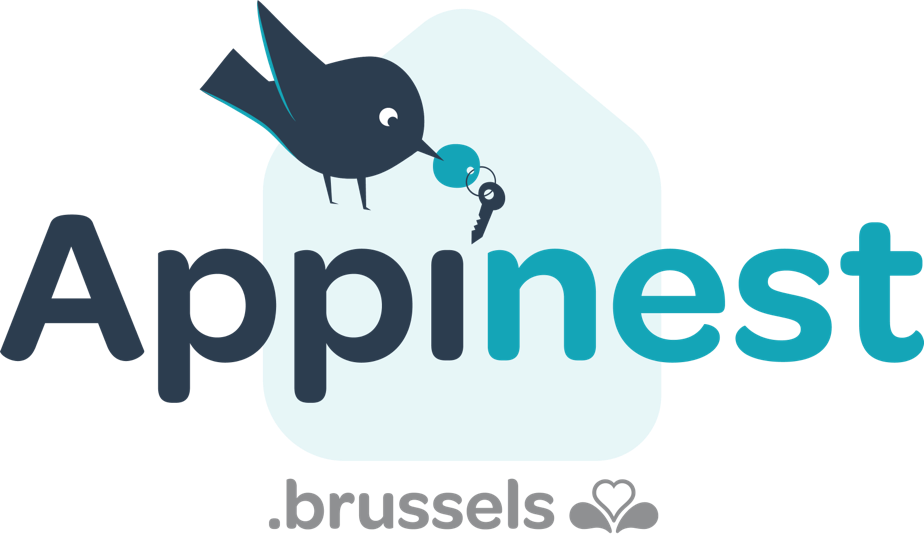
Indeed, the chosen name was then used to create a whole visual and editorial language.
It seemed obvious to us that from a visual point of view it was important not to betray the chosen name and, more importantly, to keep the right balance with the emotional relationship we wanted to establish with our tenant users.

Character design became almost self-evident, and in order to translate the image of the family nest, we began to sketch several characters in the form of birds, each with a different characteristic and function. As soon as the preparatory sketches were finished we were able to create our illustrations by adding a range of colors consistent with the value of complicity conveyed by our characters.
Immediately the emotional connection is made: our characters are conniving without being clingy, they are fun without being caricatural.
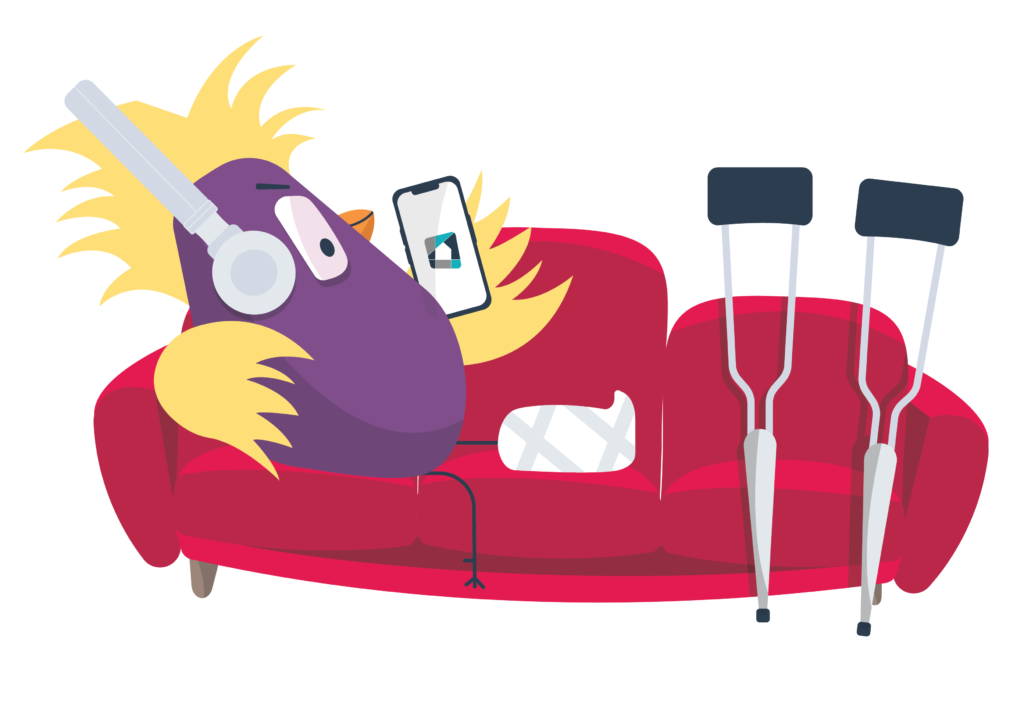
The mascots have been placed at strategic points in the application to guide the user and above all to avoid visual overbidding. It is important to keep the right balance between functionality and emotion.

To conclude on Appinest project, I wanted to share with you my personal feelings on Emotional Design Methodology: either you are a visual designer or not it’s very important to understand that we must use the fundamentals of Emotional Design with humility. It’s not a trend and it’s not a fancy habit; it’s part of an experience and you have to consider your users’ end-to-end experience before triggering their emotions.
One more thing…
Two lasts examples of projects I was involved in and where Emotional Design played well its card.
As a first concrete example, I want to share with you how I used the Visceral and Reflective aspect of Emotional Design for a Banking App. Our illustrations in very specific spots of the App have reduced frustrations ( when a feature is not yet available for example); the unique personality of the product created loyalty with our audience.
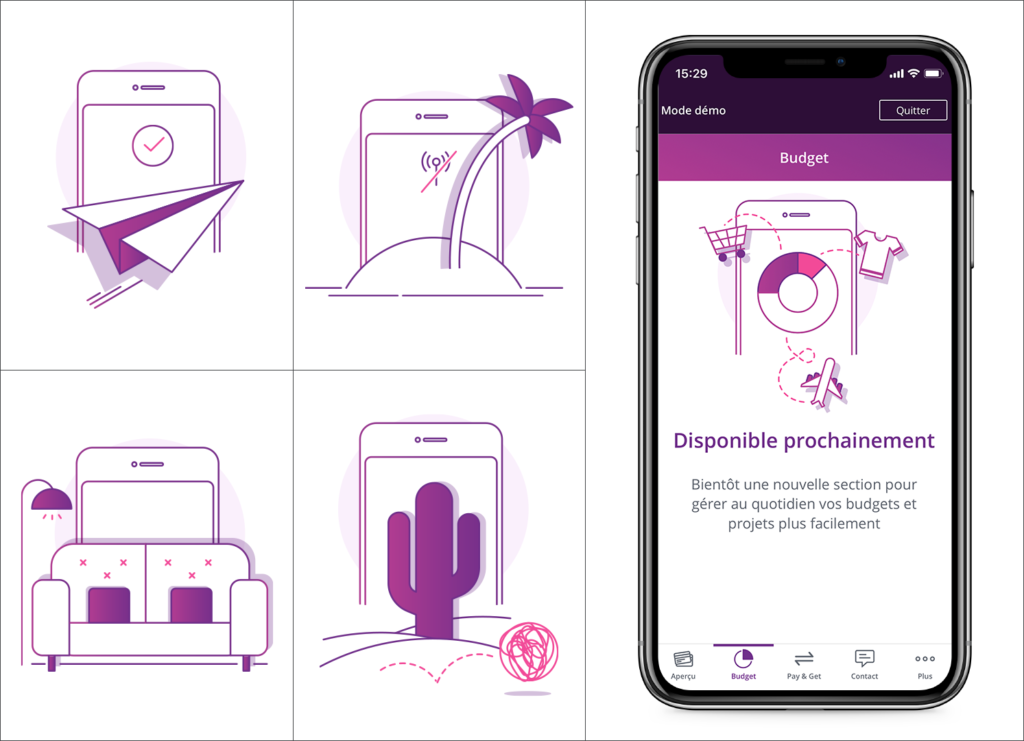
How to communicate on tax and more specifically on a product we built to help the citizens managing their taxes? This topic requires to have a clear understanding of our personas and messages we want to pass before starting to draft the first concepts. At a certain point, it was obvious to play with character design to play down tax declaration and payment. We used the Personality in Emotional Design to communicate, we managed to do it because there is a perfect match between the features of the product and the way we communicated about them in the ad.
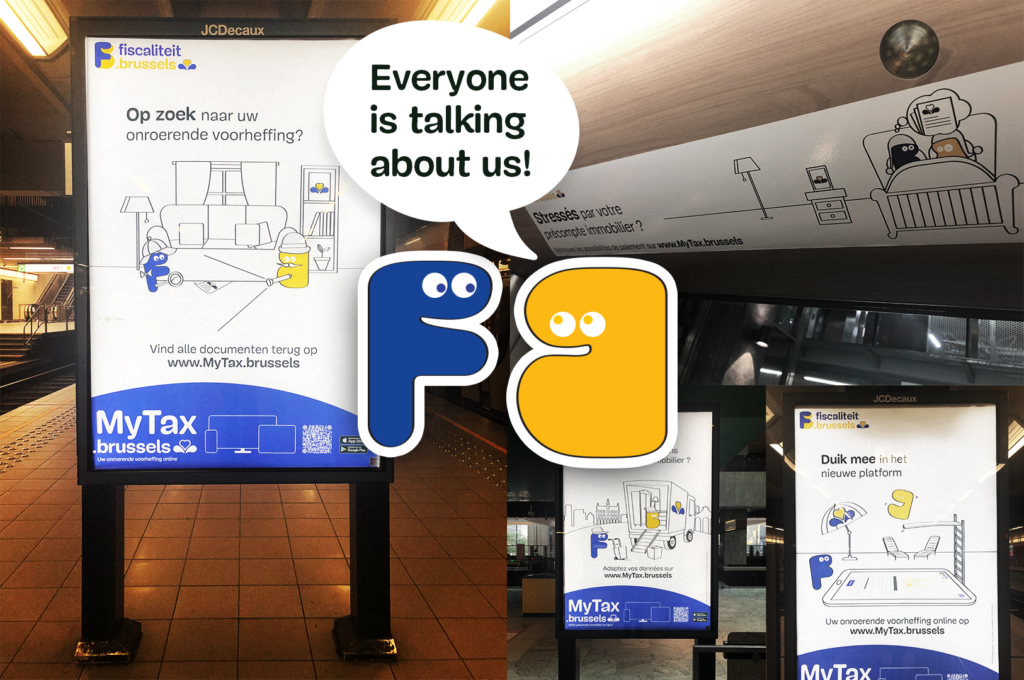
Come Together
Call it Visual Design, Brand Design, or Graphic Design, we are above all talking about Human Design. To conclude this article I think that Creative Human Experience started before The Beatles but will also for sure continue after: the best is yet to come!
We explain more how empathy drives digital transformation in another article, make sure to read it!
Now we want to hear from your heartbeat regarding Emotional Design! Have you ever experienced it? On which level? Was it a memorable experience? Leave your comments below!

